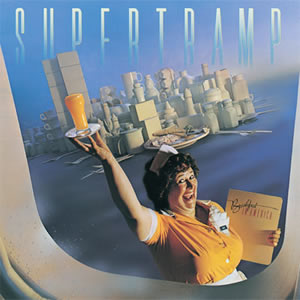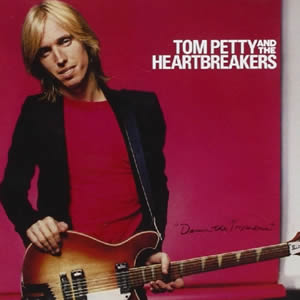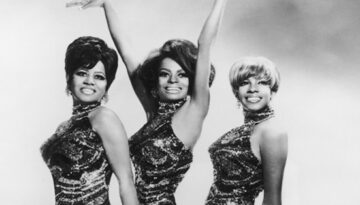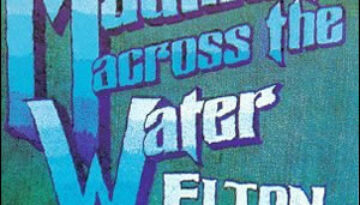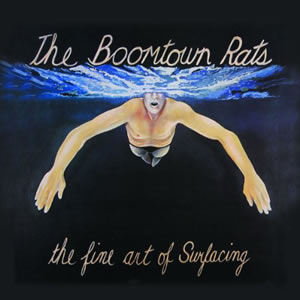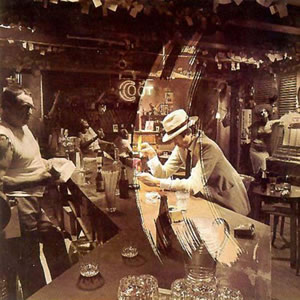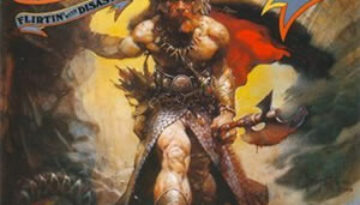Breakfast In America
by Supertramp
Buy Breakfast In America Breakfast In America is, at once, an artistic statement and a pure pop record. This sixth overall album by Supertramp was composed and recorded after the British group relocated […]

